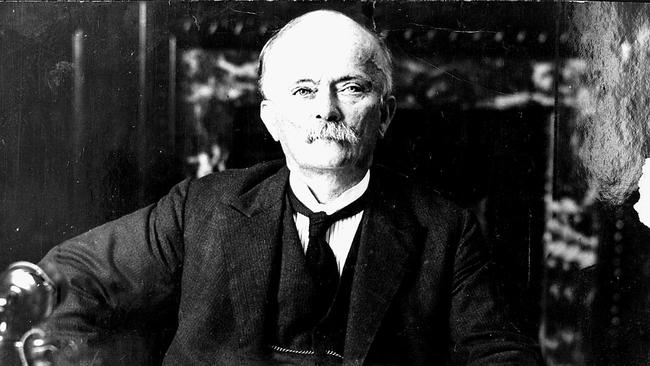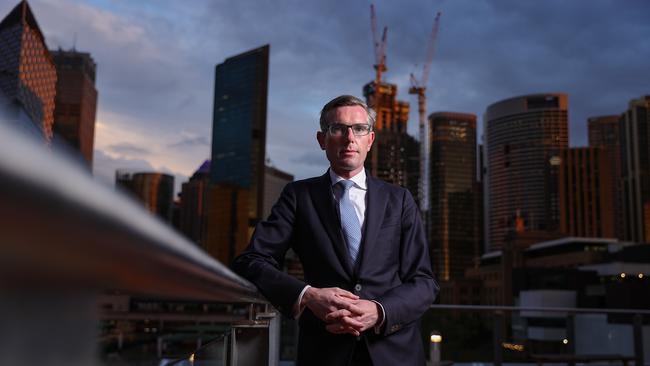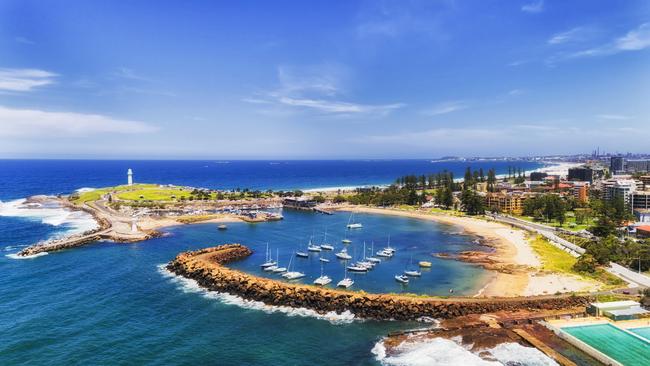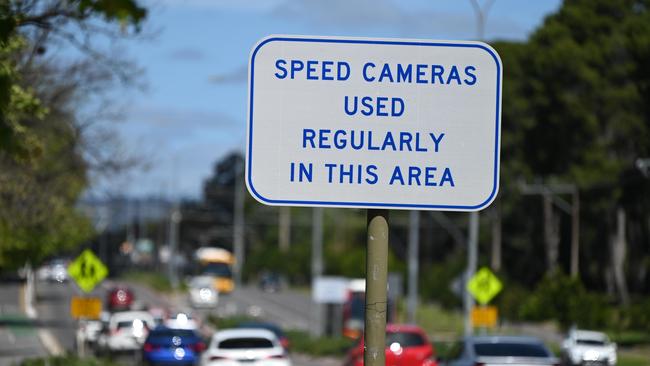Daily Telegraph editorial: Dominic Perrottet shares his bold vision for city’s future
Today Dominic Perrottet will reveal his vision for what we might call a greater cities footprint. John Bradfield would be proud, writes The Daily Telegraph.
Opinion
Don't miss out on the headlines from Opinion. Followed categories will be added to My News.
More than any single man, John Bradfield forged the shape of Sydney.
Not just the world-famous Harbour Bridge that makes the city instantly recognisable to the world but the steel matrix of railways that, a century later, are still keeping the metropolis moving and bringing its citizens together.
He was, in short, a man of vision. A vision so bold and so timeless that, even today, the full scope of it remains unfulfilled. And few have had the intellect or ambition to match it in the 100 years since.
This was the void The Daily Telegraph sought to fill when we launched the very first Bradfield Oration seven years ago. To strip the minutiae out of politics, the constant churn of the 24-hour media cycle, the knee-jerk risk-aversion and bureaucratic pedantry, and give our state and federal leaders the chance to think big, to be bold.

And it is fair to say that Dominic Perrottet has seized that chance. Despite only being in the job for a matter of weeks, it already seems like the role he was born to play.
The newly installed Premier has shown himself to be both a sharp decision-maker and an innovative thinker.
Yesterday, with one line, he effectively reversed the government’s widely criticised decision to remove warning signs from mobile speed cameras. And today, with the stroke of a pen, he has effectively doubled the scale of this state’s drive to build great cities.
Perrottet’s decision to include Wollongong, the Central Coast and Newcastle into our broader cities strategy is of those ideas the brilliance of which lies in its obviousness. The real question is why no one ever thought to do so before.
But of course that is the beauty of it – Sydneysiders have always seen the smaller cities to our north and south as an extension of our broader metropolis, so much so that, when Wollongong and the Central Coast were included in the Greater Sydney area for the purpose of Covid restrictions, residents hardly batted an eyelid.

Covid has also proved beyond doubt that the future of our city will not be commuters all shunting into the CBD in the morning and out again in the evening, five days a week. More flexible working arrangements mean that more people are working from home more often – and often from further away.
And, of course, for the manufacturing, transport and services workers of Western Sydney, the whole city has always been their CBD – a reality finally recognised five years ago in the Greater Sydney Commission’s “three cities” strategy along Sydney’s east-west axis, stretching from Penrith to Parramatta to George St, a tripartite vision GSC chief Lucy Turnbull defined somewhat evocatively as the Eastern Harbour CBD, Parramatta’s Central River City, and the Western Parkland City.

And indeed Perrottet’s extension of this to the Sydney-Newcastle-Wollongong trinity builds almost poetically on the existing strategy, while effectively spelling out how most Sydneysiders already see themselves and move around in practice.
“In just five years, our three-cities vision has become strikingly real,” Perrottet will say in his Oration today.
“Now is the time to start thinking bigger again.”
And so Perrottet’s vision for what we might call a greater cities footprint that stretches from Newcastle to Wollongong in a sense does what all strong visions do – articulate and give shape to something that has always been there. To give voice to something that people already know to be true.

But it also offers great hope for the future and gives politicians and planners a green light to start thinking beyond the narrow electoral cycle or penny-pinching paranoia that too often constrains them. Vital and long-awaited projects such as a very fast train linking the three cities may finally become a reality.
Whatever the case, it has been a long time since we have had a premier with the courage to even articulate such a vision. John Bradfield would be proud.
Watch the NSW Premier’s 2021 Bradfield oration live on Sky News Extra on Thursday December 2, 2pm – 3pm.
RESISTING FAST CASH IS TRUE TEST
Speeding is wrong. Not just illegal but dangerous and potentially deadly. But that doesn’t mean trying to squeeze a buck out of it is right.
And this is where the state government has got it so wrong on removing warning signs for mobile speed cameras.
Surely the whole point of these speed cameras, as with the fixed ones, is to stop motorists from speeding in the first place, not set up “gotcha” speed traps to catch them after they’ve already potentially endangered someone’s life.
And surely the best way to do that is to warn drivers that if they are speeding they will be caught.
It’s hardly rocket science, and was previously the NSW government’s own approach, but as with all governments it seems incapable of not sleepwalking towards a pot of gold.
The new Labor leader Chris Minns has accused the government of shameless revenue raising and it is difficult to see how he is wrong, given the principle impact of the removal has been a skyrocketing in fines issued.

Now the respected former roads minister Duncan Gay has also weighed in, saying removing the signs was wrong. This places almost irresistible pressure on the government to reverse the decision.
Fortunately, as a new Premier, Dominic Perrottet is able to do just that without surrendering any political capital. And it is heartening to see that he is already considering it.
Should he do so – as one would expect him to – it will be another reassuring sign that Perrottet is a Premier who is guided by rationality and reason rather than just government for its own sake.
That people’s freedom – and indeed their money – is something they have an individual right to, not something that the government bestows upon them.
It would also be an impressive early policy win for Minns, which shows just how effective Labor can be when it focuses on the hip pocket issues that matter to ordinary suburban Australians rather than the obsessions of woke elites.
Maybe, just maybe, NSW Labor is on the verge of becoming smart and sensible again.
Meanwhile the reign of Premier Perrottet looks to be a very interesting one indeed. We live in hope.
The Daily Telegraph, printed and published by the proprietor, Nationwide News Pty Ltd A.C.N. 008438828 of 2 Holt St, Surry Hills NSW 2010, at 26-52 Hume Highway, Chullora. Responsibility for election comment is taken by the Editor, Ben English.


